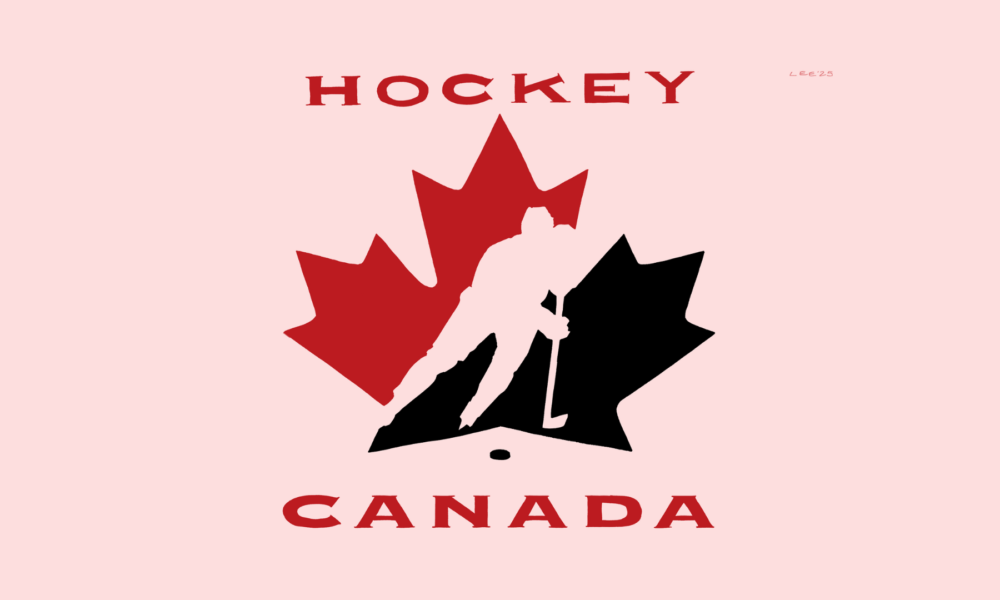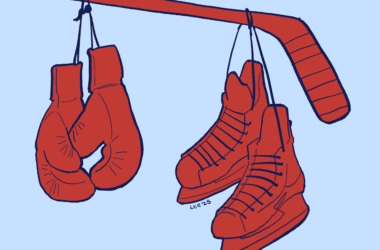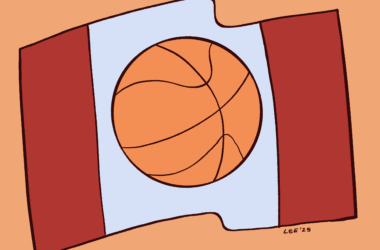Content warning: Sexual violence
On July 24, Ontario Superior Court Justice Maria Carroccia found five Hockey Canada players not guilty of alleged simultaneous sexual assaults of 20-year-old E.M. Though disappointing, Carroccia’s verdict is not surprising: It is one in a long line of Hockey Canada-related failures to protect sexual violence survivors in service of gold medal gains.
In June 2018, while the Canadian Junior hockey team was in London, Ontario, for a Hockey Canada gala celebrating their world championship win, E.M. met player Michael McLeod at a bar. After he bought her drinks, the two went back to a hotel, where they initially had consensual sex—though E.M. was inebriated throughout their encounter.
This interaction was followed by E.M.’s gang sexual assault at the hands of McLeod’s teammates, whom he surreptitiously invited to the hotel room without asking or informing E.M. E.M. remembers feeling scared and humiliated as the other men—Alex Formenton, Cal Foote, Carter Hart, and team captain Dillon Dubé—joined. She described having to operate on “autopilot” to avoid the discomfort she felt and to protect herself from further harm. “I made the choice to dance with them and drink at the bar,” E.M. would later testify. “I did not make the choice to have them do what they did back at the hotel.”
Immediately after the assaults, McLeod requested E.M. film two statements consenting to the sexual activities. McLeod and his teammates also texted about what story to provide if they were asked about what had happened that night. “What can you do to make this go away?” he messaged E.M., whose mother was working to file a police report against the players.
Thus ensued a lengthy legal process: One civil suit resulting in a settlement to E.M. that Hockey Canada tried to keep hush-hush, and one criminal trial commenced in 2024 following public outrage at London Police for having initially closed their investigation into E.M.’s experience in 2019.
During E.M.’s eight days on the stand, supporters waited in solidarity outside the courthouse while she testified. Lawyers for the accused took issue with this allyship, arguing that jurors walking into court would be influenced towards E.M. Foote’s lawyer Julianna Greenspan even claimed that the crowd had formed as “an act of intimidation” against the defendants—only one of whom actually testified.
But the true acts of intimidation of the trial lay in Greenspan and other lawyers for the Hockey Canada affiliates’ attempts to wear E.M. down, employing age-old stereotypes about sexual violence to invalidate her. McLeod’s lawyer David Humphrey “suggested” to E.M. that what had attracted her to McLeod was his status as a “loaded” and “elite hockey player.” Formenton’s lawyer Daniel Brown characterized E.M. in her drunk state as “fun E.M.” to attempt to paint her as a wild, irresponsible party girl. These kind of remarks reflect how survivors become the ones on trial in their own sexual violence cases.
Carroccia’s final verdict—not guilty on all counts due to her doubts about E.M.’s credibility—reinforced E.M.’s public villainization, and protected the five accused players. While this broader legal system must stop mocking and questioning all survivors of sexual violence, Hockey Canada particularly must face a reckoning in its culture: One that allows the many cases of sexual assault the organization has helped its players hide to be brought to light. Sponsors must fully pull their support from Hockey Canada until their money stops going towards the institution’s secret fund for addressing allegations against its players. Rather than protect and facilitate alleged perpetrators’ careers, Hockey Canada must help blacklist them from professional play to finally put justice for survivors before the on-ice success of the program.
In light of E.M.’s fight, it is no wonder that only six per cent of survivors of sexual violence pursue legal action: As viewed from the sidelines, what could ever make this form of retraumatization and dehumanization worth it?









